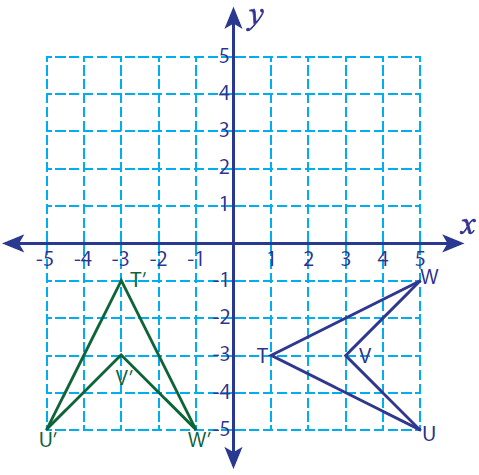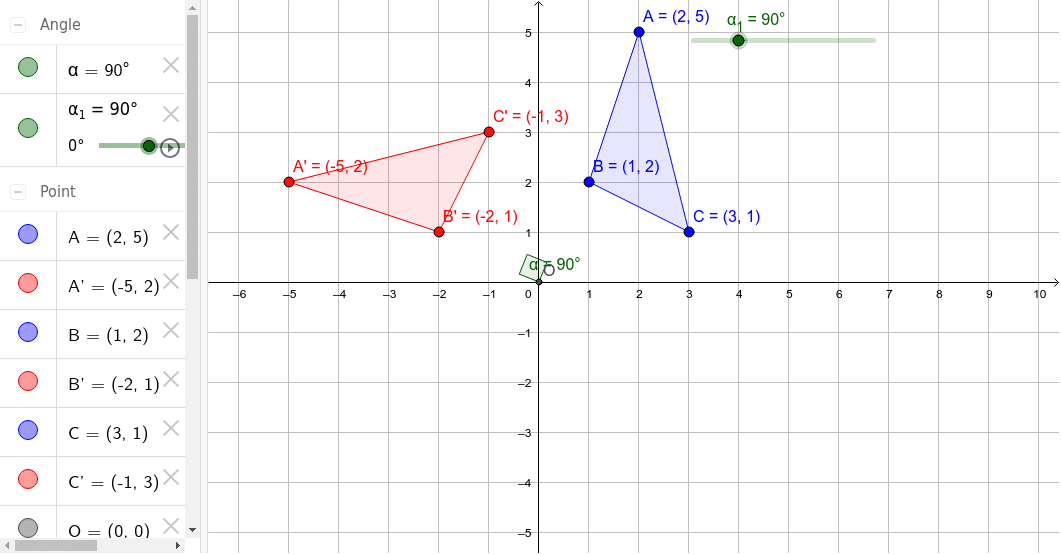

An object and its rotation have the same shape and size, but the figures can be rotated in different directions.What is rotation in mathematics? A rotation is a transformation that rotates a figure around a fixed point called the pivot point. The point of intersection of the two perpendicular lines is the point of articulation. Draw a segment connecting the points and. Use a compass and a straight line to find the vertical hemisphere in this segment. How do you find the center of rotation? Draw a segment connecting the points and. If a bar is positioned so that the end point is on a line and the adjacent angles are the same, then the angles are good. How is 90 degrees? In geometry and trigonometry, a right angle is an angle of exactly 90 ° (degrees), which corresponds to a quarter of a turn. Is the clock left or right?A clockwise movement (usually abbreviated to CW) is a movement that moves in the same direction as a clock on your hands: up and down, then down, then left and up. Connect the coordinates of the formula.Define the formula to rotate a shape 90 degrees.Find the coordinates of the original corner points.Rotating a device 90 degrees is equivalent to rotating it 270 degrees clockwise. Note the corresponding clockwise and counterclockwise rotations.Also, how can you rotate on a chart?approach You can use this ruler to rotate a sample image by taking the points at each vertex, moving them according to the ruler, and drawing the image. Also, you might be wondering what the rule is for a 90 degree counterclockwise rotation? The general rule of thumb for rotating an object 90 degrees is (x, y)> (y, x). Follow these formulas to rotate clockwise: 90 = (b, a) 180 = (a, b) 270 = (b, a) 360 = (a, b). It is also suitable for counterclockwise rotation.
90 DEGREE CLOCKWISE ROTATION FULL
360 degrees does not change because it is a full rotation or a full circle. And what are the formulas for rotations?180 degrees is (a, b) and 360 is (a, b). The general rule of thumb for rotating an object 90 degrees is (x, y)> (y, x). Image or Rotatable_Image.Rotation Rules What are the rules of rotation in geometry? There are some general rules for rotating objects with the most common degree measurements (90 degrees, 180 degrees, and 270 degrees). Instead of just using a vector of vectors, make a new class, e.g. However, in this case, if all you want to optimize is rotation, you can do better. The two dimensional name would be Matrix.


Also, a vector is a name for something one dimensional. Making Vector and vector mean different things is confusing. If you had written out the name, it would have been trivial for me to tell that this was using std::swap. One of the advantages of namespaces is that they make it simple to tell the source of a piece of code. But if I look for std::swap, I can find it easily.

When I first read this line, I started looking for a function called swap in your code. More details at Why is using namespace std bad practice? swap(image, image) Ĭase in point.
90 DEGREE CLOCKWISE ROTATION CODE
Try to avoid importing namespaces like this, as it makes the code less readable and harder to maintain.


 0 kommentar(er)
0 kommentar(er)
